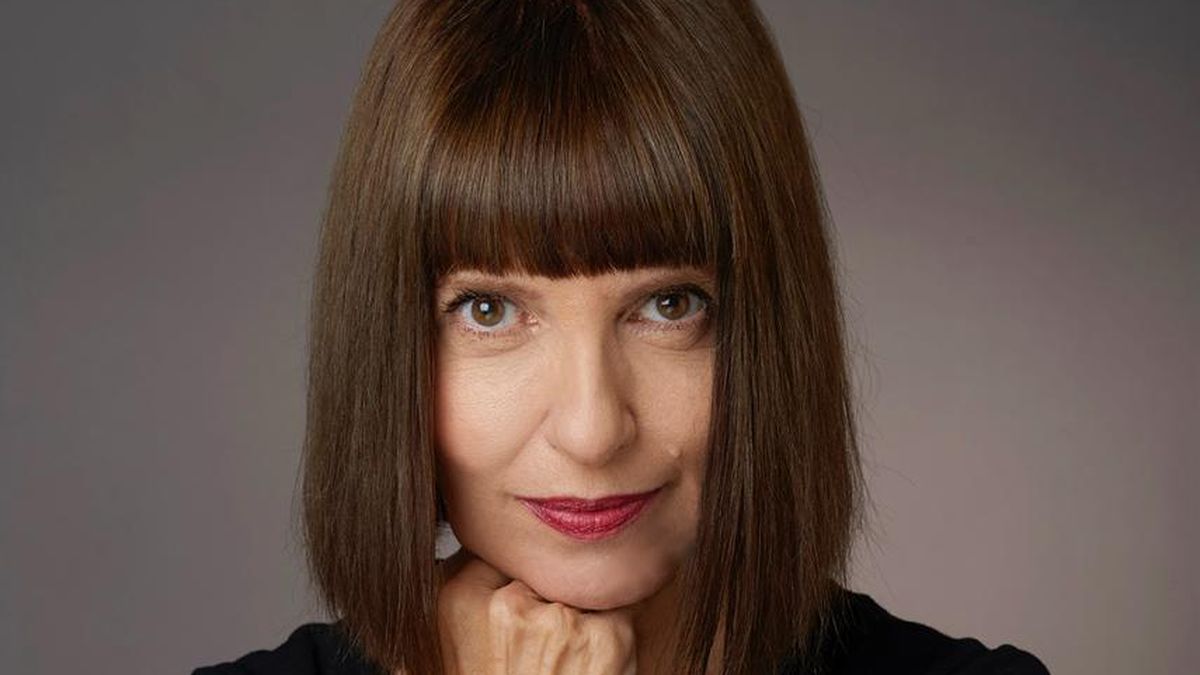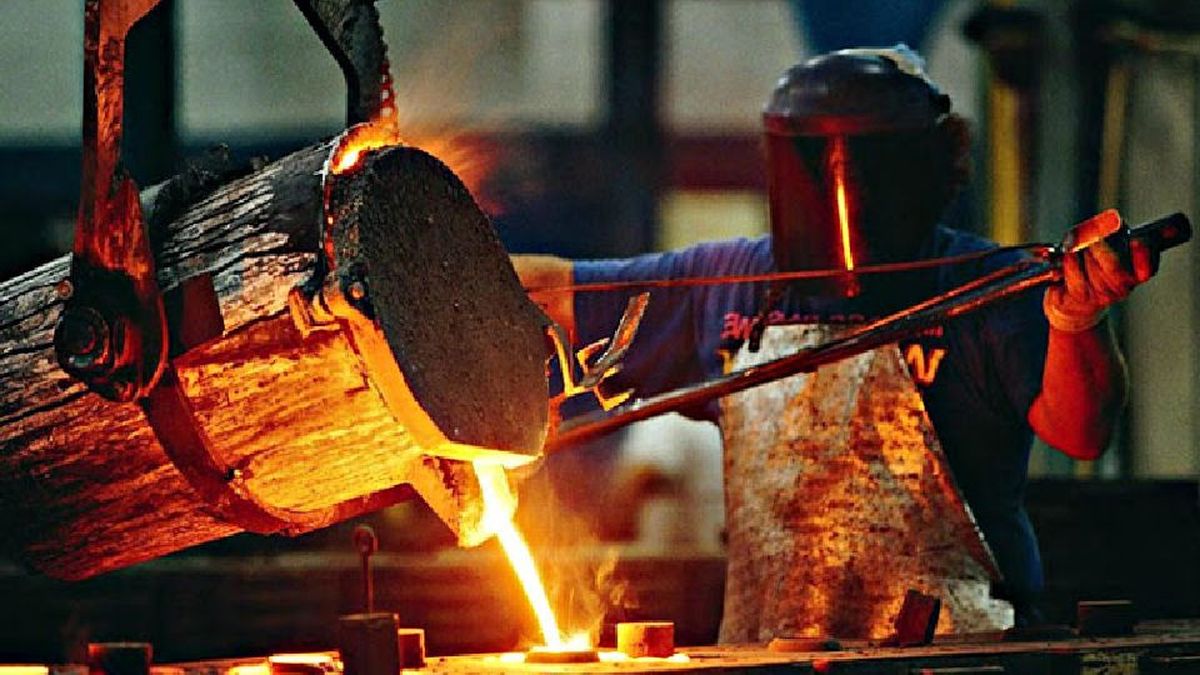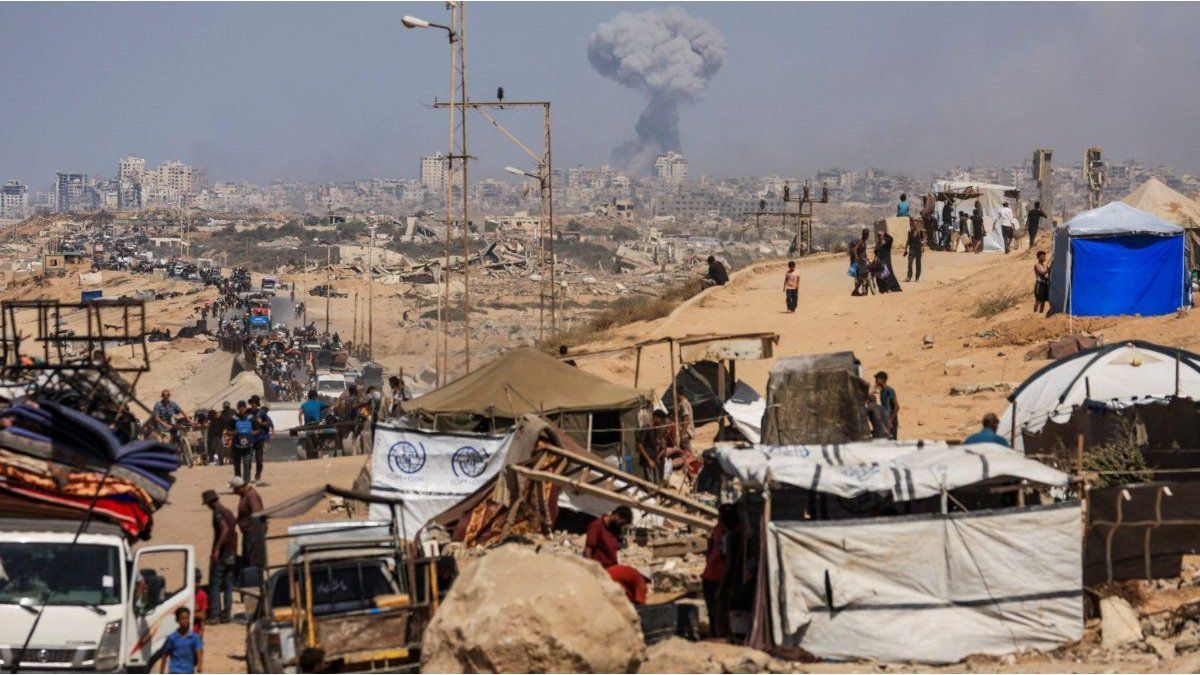The confrontation of two sisters and their family, social, work and passion world leads to astonishment, the strange and the fantastic to conclude in a science fiction dystopia that denounces the future of scarcity of fresh water, in the “Water Trilogy” (Alfaguara) from Claudia Aboafwhich brings together the novels “Pichonas”, “The King of Water” AND “The eye and the flower.” Aboaf is a writer, screenwriter and teacher, she has published “Half a degree of freedom”, “Astrology and literature, Cosmic dialogues Borges-Xul Solar, Pizarnik-Silvina Ocampo”. Ambit He spoke with her.
Journalist: What did it feel like to put together your trilogy?
Claudia Aboaf: When the publisher’s proposal arose to bring together the novels “Pichonas”, published in 2014, “The King of Water” in 2016 and “The Eye and the Flower” in 2019, in one volume, as “Trilogy of Water”, my The condition was to have the freedom to intervene in them or not to the extent of a current rereading. I felt, like a movement in time, that I was facing things that I wrote for ten years and that are happening today. It was striking to see that the great drought of the Paraná River, told in “The Eye and the Flower,” occurred a year after the novel was published. It had been an immense job for me to support the idea that the Paraná was drying up, something that seemed possible but very far away, and suddenly that was a journalistic photo. I felt that it was good that the saga was republished because there was someone present who could better hear some of the messages about water that are there.
Q.: Another surprise was that “The King of Water” was not in the future nor was he a mayor but an Asian tycoon.
AC: I have a Google setting for my novels. And in 2022 he started bringing me “The Water King” repeatedly. It seemed strange to me that six years after the appearance of that novel so much was being said about it. It turns out that “the water king” is a Chinese billionaire who made his fortune bottling water. Another shock, of themes that are in my novels, was when water began to be quoted on Wall Street, it went from being a public good for common use to being privatized, exported and concentrated in a few hands. He who has the power of water is going to dominate the world. That’s how it’s always been. That is why large capitals buy freshwater centers, wetlands, lakes in Patagonia and go after the glaciers.
Q.: Your trilogy covers several genres.
AC: I started in a private life, a small family. I focused on the conflictive relationship of two sisters who are separated. There is an unspoken drama, and they are like two rivers that will end up converging. In “Pichonas” the concern for the family becomes social. The environment takes center stage when water is converted into a commodity that involves everyone’s lives. This dystopia, which is very similar to the current situation, leads to very dark areas. If dystopias in science fiction usually present crazy autocracies and monarchies, I had the need to aim for a utopia because the sisters were finally going to find each other. I resorted to the lyricism of a floral metaphor, of the eye and the flower. The flower does not exist without the eye that looks at it. and there is no architecture of the eye without the evolution of flowers. For that I relied on a theory by Lynn Margulis in her book “Microcosm”.
Q: Why do you mix the emotional world of Andrea and Juana with scientific theories and current technology?
AC: For science fiction writers, getting their hands on science is exciting. We are excited to investigate, investigate and rely on scientific work. That’s what you read in my novels. As for technology, today it is part of the ambient world, and we cannot deny it, we are crossed by radio frequency waves. Our life is linked to technology in such a way that I see it as our creation, something we cannot separate ourselves from. Many of our emotions depend on our relationship with technology. And I am interested in investigating the world of relationships. The family ones, those of the sisters, those with nature, those with bodies of water, with technologies, the policies that are established between economy and population. The world, more than people or things, is about relationships.
Q.: Was the trauma caused by the humiliation of one of the sisters a metaphor for what is done to nature?
AC: The great metaphor of this century is that of women and nature. The woman as a body and the body as a territory. Both have been raped, harassed, hurt. To chaotic women to discipline them, to chaotic nature to dominate it. Deadly metaphor that subjugated women and brought about the tragic state of climate crisis. During all these years we fought for women’s rights, now we talk about the rights of nature.
Q: When the saga began, did you draw a map to follow the destiny of Andrea and Juana, their parents, their partners, the people around them, the world in which they live?
AC: I made the map when they proposed the trilogy to me. I was guided by the map of the entire Cuenca that the great artist Adriana Bustos made and that is now on the cover of the book. In fiction, the conflict and the sinister in that family refers to the father who disappeared in Misiones, where he went to take refuge. This makes the map trace from Alto Paraná to the Río de la Plata and the Atlantic Sea, with the meeting of fresh water and salt water, and the Nueva Ensenada.
Q: What are you doing now?
AC: Making podcast scripts with Dolores Reyes. Maristella Svampa, Gabriela Cabezón Cámara and Soledad Barruti for the socio-environmental collective Mirá. And in a story book.
Source: Ambito
I am an author and journalist who has worked in the entertainment industry for over a decade. I currently work as a news editor at a major news website, and my focus is on covering the latest trends in entertainment. I also write occasional pieces for other outlets, and have authored two books about the entertainment industry.




